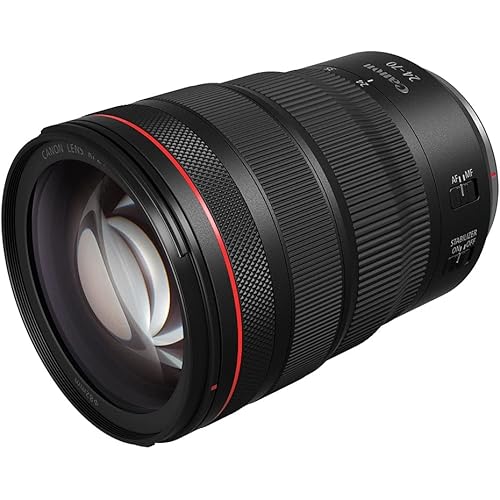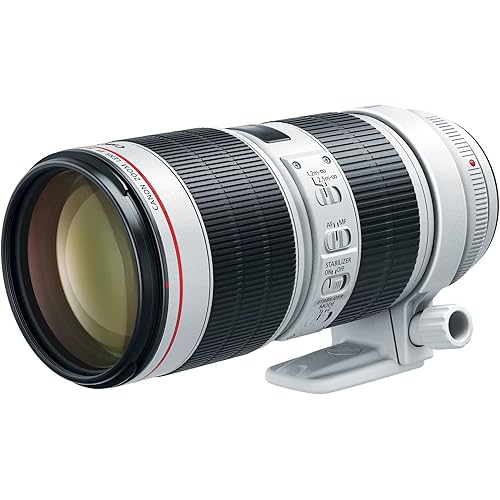Nikon AF FX NIKKOR 80-200mm f/2.8D ED Zoom Lens with Auto Focus for Nikon DSLR Cameras




Buy Now, Pay Later
- – Up to 36-month term if approved
- – No impact on credit
- – Instant approval decision
- – Secure and straightforward checkout
Ready to go? Add this product to your cart and select a plan during checkout.
Payment plans are offered through our trusted finance partners Klarna, Affirm, Afterpay, Apple Pay, and PayTomorrow. No-credit-needed leasing options through Acima may also be available at checkout.
Learn more about financing & leasing here.
This item is eligible for return within 30 days of receipt
To qualify for a full refund, items must be returned in their original, unused condition. If an item is returned in a used, damaged, or materially different state, you may be granted a partial refund.
To initiate a return, please visit our Returns Center.
View our full returns policy here.
Recently Viewed
Features
- Superb 2.5x telephoto zoom for sports, portraits, and nature photography
- Fast and constant f2.8 maximum aperture through the entire focal range. Diaphragm blades: 9. Minimum Focus Distance - 4.9 ft.( 1.5m)
- ED glass elements for high-resolution and high-contrast image even at maximum aperture
- Rotating zoom ring for precise zoom operation;Compatible Format(s): FX,DX,FX in DX Crop Mode,35mm Film
- Nikon Super Integrated Coating ensures exceptional performance.Compatible Format(s):FX,DX,FX in DX Crop Mode,35mm Film
Description
High-performance, high-speed telephoto zoom is a superb choice for sports and portraits, even in challenging lighting conditions. 80-200mm D-Series Zoom lens for Nikon cameras Includes case From the Manufacturer Lens-making is an art--Nikon artisans craft Nikkor optics from the finest materials, taking pride in adding their intellect and technique to bring the world's finest lenses to life. They push the leading edge of lens- making in their effort to provide the "glass" that makes the world's greatest pictures. AF Nikkor lenses work with Nikon SLRs for optimal performance, even the very latest. The Nikon 80-200mm f2.8D ED AF is a superb 2.5x telephoto zoom for sports, portraits, and nature photography. With a fast and constant f2.8 maximum aperture through the entire focal range, ED glass elements provide high-resolution and high-contrast image even at maximum aperture. The rotating zoom ring provides precise zoom operation. ED glass: An essential element of Nikkor telephoto lenses Nikon developed ED (Extra-low Dispersion) glass to enable the production of lenses that offer superior sharpness and color correction by minimizing chromatic aberration. Put simply, chromatic aberration is a type of image and color dispersion that occurs when light rays of varying wavelengths pass through optical glass. In the past, correcting this problem for telephoto lenses required special optical elements that offer anomalous dispersion characteristics--specifically calcium fluoride crystals. However, fluorite easily cracks and is sensitive to temperature changes that can adversely affect focusing by altering the lens' refractive index. So Nikon designers and engineers put their heads together and came up with ED glass, which offers all the benefits and none of the drawbacks of calcium fluorite- based glass. With this innovation, Nikon developed several types of ED glass suitable for various lenses. They deliver stunning sharpness and contrast even at their largest apertures. In this way, Nikkor's ED-series lenses exemplify Nikon's preeminence in lens innovation and performance. Nikon Super Integrated Coating ensures exceptional performance To enhance the performance of its optical lens elements, Nikon employs an exclusive multilayer lens coating that helps reduce ghost and flare to a negligible level. Nikon Super Integrated Coating achieves a number of objectives, including minimized reflection in the wider wavelength range and superior color balance and reproduction. Nikon Super Integrated Coating is especially effective for lenses with a large number of elements, like our Zoom-Nikkors. Also, Nikon's multilayer coating process is tailored to the design of each particular lens. The number of coatings applied to each lens element is carefully calculated to match the lens type and glass used, and also to assure the uniform color balance that characterizes Nikkor lenses. This results in lenses that meet much higher standards than the rest of the industry. Distance information D-type and G-type Nikkors relay subject-to-camera distance information to AF Nikon camera bodies. This then makes possible advances like 3D Matrix Metering and 3D Multi-Sensor Balanced Fill-Flash. Note: D-type and G-type Nikkors provide distance information to the following cameras: Auto exposure; F6, F5, F100, F90X, F80, F75, F70, F65, F60, F55, F50, Pronea S, Pronea 600i, D2 series, D1 series, D100 and D70s/D70. Flash control; F6, F5, F100, F90X, F80, F75, F70, D2 series, D1 series, D100, and D70s/D70 cameras. What's in the Box: Lens, 77mm snap-on front lens cap, rear lens cap LF-1, flexible lens pouch CL-43A.
Brand: Nikon
Focal Length Description: 80-200 millimeters
Lens Type: Telephoto
Compatible Mountings: Nikon F (FX), Nikon F (DX)
Camera Lens Description: 200 month
Product Dimensions: 7.36 x 3.43 x 3.43 inches
Item Weight: 2.87 pounds
Item model number: 1986
Is Discontinued By Manufacturer: Yes
Date First Available: February 9, 2006
Manufacturer: Nikon
Frequently asked questions
To initiate a return, please visit our Returns Center.
View our full returns policy here.
- Klarna Financing
- Affirm Pay in 4
- Affirm Financing
- Afterpay Financing
- PayTomorrow Financing
- Financing through Apple Pay
Learn more about financing & leasing here.
Top Amazon Reviews


























